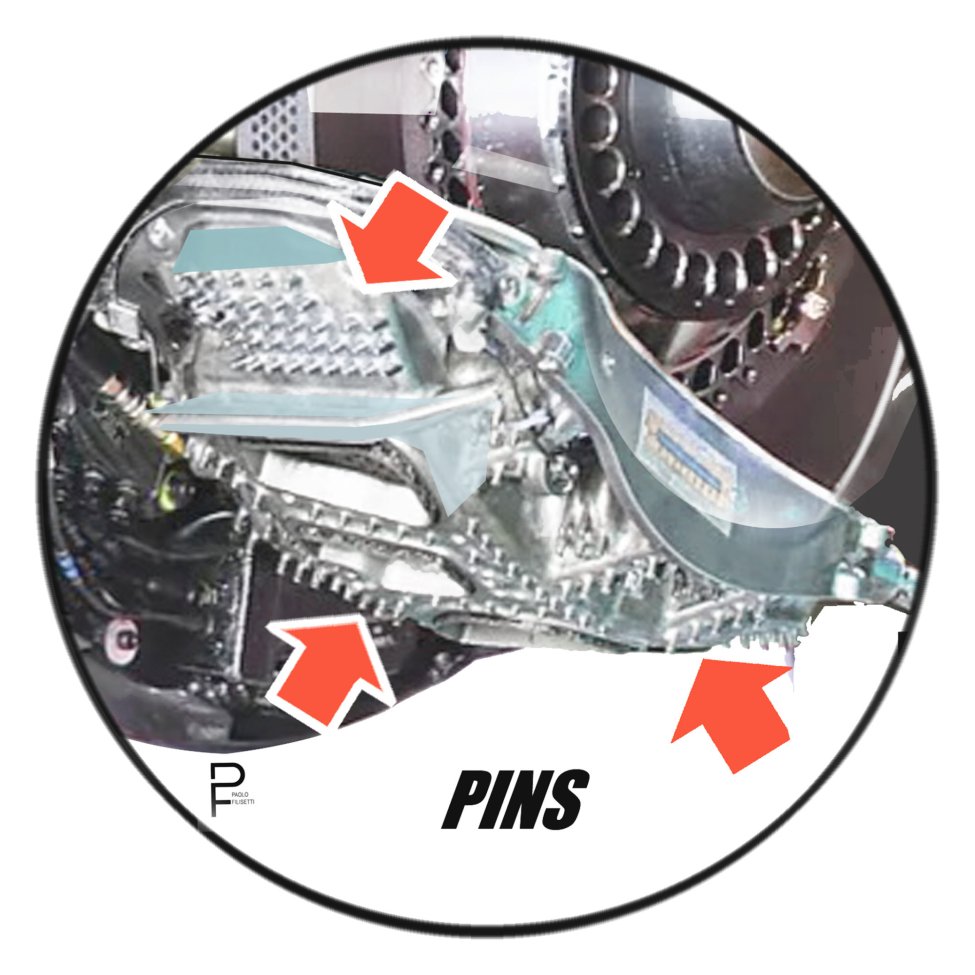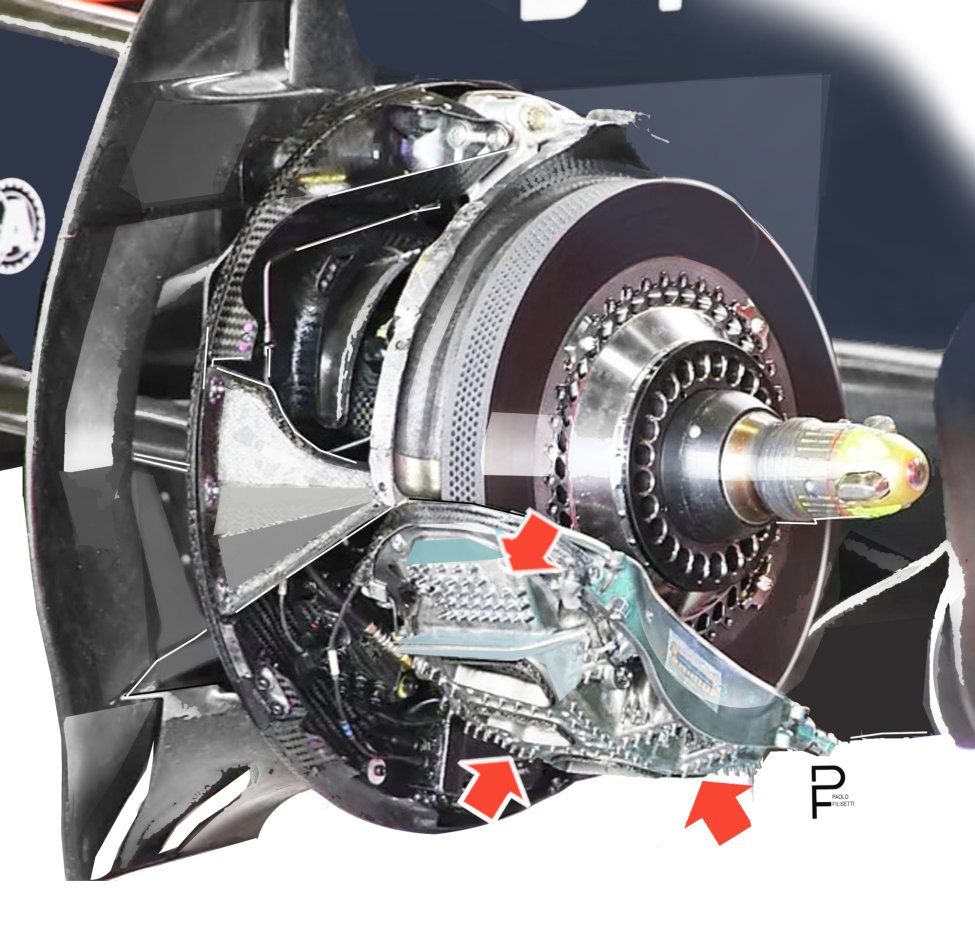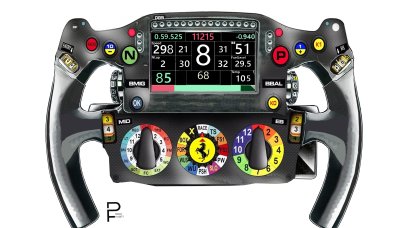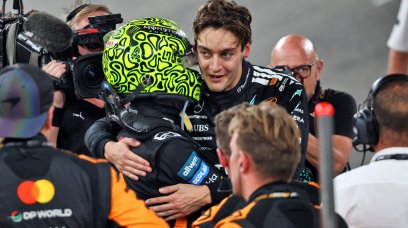The 2023 season has been one of the longest for Formula 1, sporting a huge variety of tracks but above all a tangible leap forward in terms of performance of the cars. A fundamental element that allowed this performance gain were brakes. Last season was the 49th of Brembo involvement in Formula 1. Formula One, cars equipped with Brembo brakes have won 28 Drivers’ World Championships, 33 Constructors’ World Championships and a remarkable total of 507 Grand Prix races. One of the distinctive features for the equipment provided by the company is the customization of the new braking systems for each team supplying ,most of the single-seaters with hydraulic (calipers, master cylinders and by-wire units) and friction components (carbon discs and pads). It is absolutely correct underlying the fact that in the past two decades Brembo has revolutionized the concept of disc in Formula 1.
Looking backwards, in the early 2000s, Brembo carbon discs had a thickness of 28mm with a maximum of 72 holes in a single row and a diameter that exceeded of 10mm. Today, the diameter has increased from 278mm to 328mm for the front axle carbon disc and from 266mm to 280mm for the rear one, with a thickness of 32mm and a number of holes between 1,000 and 1,100 at the front, while 900 holes at the rear in the most extreme working conditions in terms of cooling. But, the “striving to excellence” attitude of Brembo has been visible also regarding the constant weight reduction of the braking systems. In fact in the last season the weight of a braking system is around 300/350g lighter compared to 2022 when it was heavier than 2021 to fit the new ground effect cars demands. To reach this target, Brembo engineers worked to optimize the design of the different components, firstly on calipers and carbon parts, while taking all the geometries of these elements to extremes.
Higher demands for the brakes of 2023
It goes without saying that weight reduction plays a relevant role enhancing performance. In fact it allows more ballast being placed on the cars in strategic position, so to lower the center of gravity of the cars, enhancing the handling and overall improving the balance of the single seater. Interesting to note that in the 2023 season drilled pads were banned by the F1 technical regulations. The demands that brakes had to withstand in 2023 were higher compared to 2022 season.
To better understand this fact it is enough saying that last season the braking torque required by each car exceed the one required in 2022 by a figure greater than five percent. In 2023, Brembo supplied calipers to all 10 teams. In particular, nine were supplied with Brembo calipers while a team was supplied with AP Racing calipers, the well-known company based in Coventry, owned by the Italian, Bergamo based, group.
That means that all the single seaters on the 2023 Formula One grid were equipped with newly designed and manufactured nickel plated and machined from billet six pistons (the maximum number of pistons allowed by the rules) calipers. It is notable saying that five teams, in addition, adopted also the by wire systems developed both by Brembo and AP Racing to manage rear braking, thus balancing the braking torque demand between front and rear axle, by instantly changing the dissipative braking contribution in function of the regenerative phase, so ensuring the right balance between front and rear axles.
It is easy to understand that the project of each car is different thus requiring a high level of customization even on the braking system. In this respect the relationship between each team and Brembo technical staff is tailored to suit the specific needs of the single team. This approach was clearly reflected in the design and production of a specific brake caliper for each team, so reaching a perfect ratio of stiffness against the weight, and also a precise management of heat dissipation.
Test Mexico
This factor has become particularly strategic since the inception of the new rules in 2022. The visible result is the clear difference in terms of heat dissipating external surfaces of the calipers. We mean that the design of such surfaces in 2023 has seen an interesting differentiation. Sharp pins distributed in a different number according to the specific needs of teams using such solution, were mainly adopted by Red Bull that used calipers hugely 'adorned' by those pointy heat dissipating surfaces. Other teams as Ferrari, were more prone adopting heat dissipating transverse blades on their calipers. Heat dissipation, it is worth noting, is not a factor just required for calipers, but also for the disks. A clear demonstration of this assumption was the test carried out by Red Bull in Mexico, adopting in the first practice session the Brembo discs featuring 1050 venting holes, the same specification used by Ferrari.
The test was held in Mexico due to the air rarefaction implying a reduction in air density of about thirty percent, compared to sea level. Thus translating into a dramatically reduced heat dissipation which could lead to increased brake wear, but not only. To prevent heat becoming increasing out of control, sensors are placed in the wheel corners, allowing the teams to monitor the temperature of disks and calipers at all times. Thanks to those sensors the teams' engineers were able to suggest their drivers the correct management of the temperature and brake balance towards each race. This makes even more understandable the relevance of Brembo braking systems in the performance equation of each single seater.
Don't miss out on any of the Formula 1 action thanks to this handy 2026 F1 calendar that can be easily loaded into your smartphone or PC.
Download the calenderMost read
In this article











